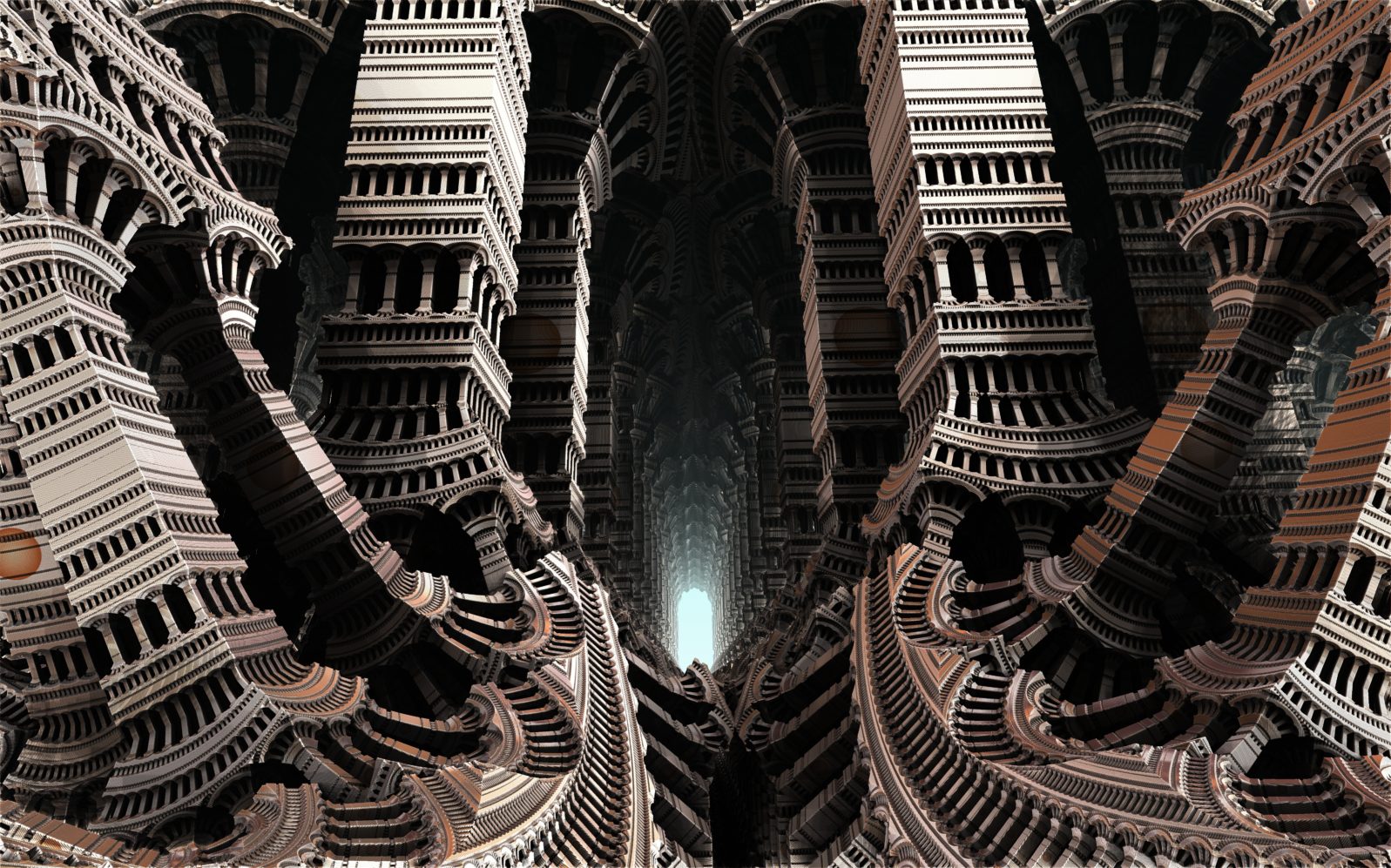Recent Research: Imaginary Numbers Are Part of the Real World
If we try to leave them out of quantum mechanics, our description of nature becomes faultyImaginary numbers, beginning with the square roots of minus numbers, are part of the world in which we live, even though we can’t quite picture them. Try it. The square root of 1 is 1 (1 × 1 = 1). But what’s the square root of -1? It can’t be -1 because if we multiply -1 × -1, we still get 1. The two minus numbers cancel each other out. That’s why the square root of -1 is written as i.
Now, here’s the odd part: Imaginary numbers are not just a conundrum; they are part of a science description of the world in which we live in:
Though imaginary numbers have been integral to quantum theory since its very beginnings in the 1920s, scientists have only recently been able to find their physical signatures in experiments and empirically prove their necessity.
In December of 2021 and January of 2022, two teams of physicists, one an international collaboration including researchers from the Institute for Quantum Optics and Quantum Information in Vienna and the Southern University of Science and Technology in China, and the other led by scientists at the University of Science and Technology of China (USTC), showed that a version of quantum mechanics devoid of imaginary numbers leads to a faulty description of nature. A month earlier, researchers at the University of California, Santa Barbara reconstructed a quantum wave function, another quantity that cannot be fully described by real numbers, from experimental data. In either case, physicists cajoled the very real world they study to reveal properties once so invisible as to be dubbed imaginary.
Karmela Padavic-Callaghan, “Imaginary numbers are real” at Aeon (July 14, 2022)
Without imaginary numbers, the device on which you are reading this article probably wouldn’t even work. As science writer Padavic-Callaghan points out,
When you set out to try and capture a quantum state in the language of mathematics, these seemingly impossible square roots of negative numbers are an integral part of your vocabulary. Eliminating imaginary numbers would highly limit how accurate of a statement you could make.
The discovery and development of quantum mechanics upgraded imaginary numbers from a problem seeking a solution to a solution that had just been matched with its problem. As the physicist and Nobel laureate Roger Penrose noted in the documentary series Why Are We Here? (2017): ‘[Imaginary numbers] were there all the time. They’ve been there since the beginning of time. These numbers are embedded in the way the world works at the smallest and, if you like, most basic level.’
Karmela Padavic-Callaghan, “Imaginary numbers are real” at Aeon (July 14, 2022)
What about infinite numbers?
Infinite numbers are another odd category. They are not real numbers in the mathematics sense and — even though they must theoretically exist — if we try to treat them like real numbers, we end up with some odd conundrums.
Walter Bradley Center director Robert J. Marks points out, for example, that they violate our “real world” rules. For example, taking infinity into account, lines and squares can have have an equal number of points. Almost any number can encode the Library of Congress any number of times. Some infinities are bigger than others but there’s no biggest one. But, on a practical note, infinity shows that the universe does have a beginning.
Perhaps the universe is bound to seem mysterious, in part because it is not wholly material. Yes, it keeps the rules. But the rules are not always what we might expect.
Here’s Dr. Marks’s guided tour of the weirdness of infinity if we try to apply it to the world we live in. Yet, in some sense, it must be true:
Part 1: Why infinity does not exist in reality. A few examples will show the absurd results that come from assuming that infinity exists in the world around us as it does in math. In a series of five posts, I explain the difference between what infinity means — and doesn’t mean — as a concept.
Part 2. Infinity illustrates that the universe has a beginning. The logical consequences of a literally infinite past are absurd, as a simple illustration will show. The absurdities that an infinite past time would create, while not a definitive mathematical proof, are solid evidence that our universe had a beginning.

Part 3. In infinity, lines and squares have an equal number of points Robert J. Marks: We can demonstrate this fact with simple diagram. This counterintuitive result, driven by Cantor’s theory of infinities is strange. Nevertheless, it is a valid property of the infinite.
Part 4. How almost any numbers can encode the Library of Congress. Robert J. Marks: That’s a weird, counterintuitive — but quite real — consequence of the concept of infinity in math. Math: Almost every number between zero and one, randomly chosen by coin flipping, will at some point contain the binary encoding of the Library of Congress.
and
Part 5: Some infinities are bigger than others but there’s no biggest one. Georg Cantor came up with an ingenious proof that infinities can differ in size even though both remain infinite. In this short five-part series, we show that infinity is a beautiful — and provable — theory in math that can’t exist in reality without ludicrous consequences.
You may also wish to read: Yes, you can manipulate infinity in math. The hyperreals are bigger (and smaller) than your average number — and better! (Jonathan Bartlett)
